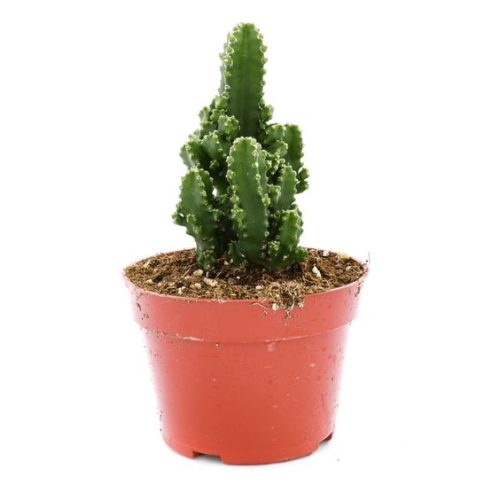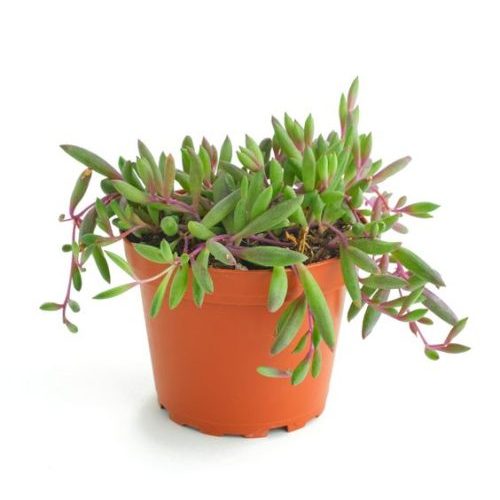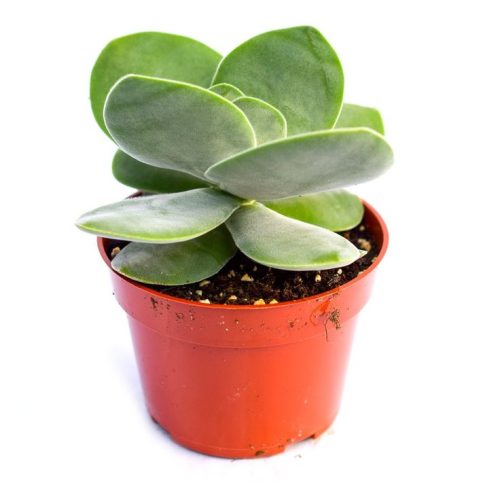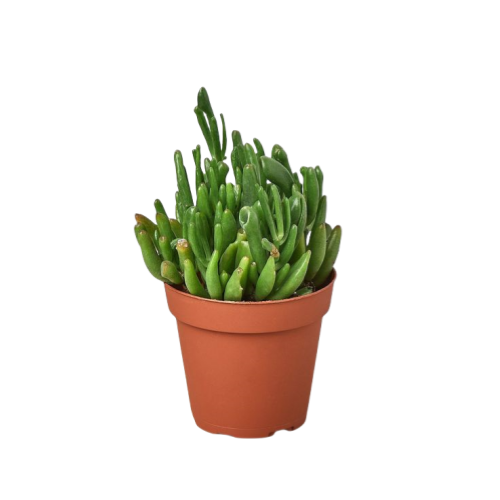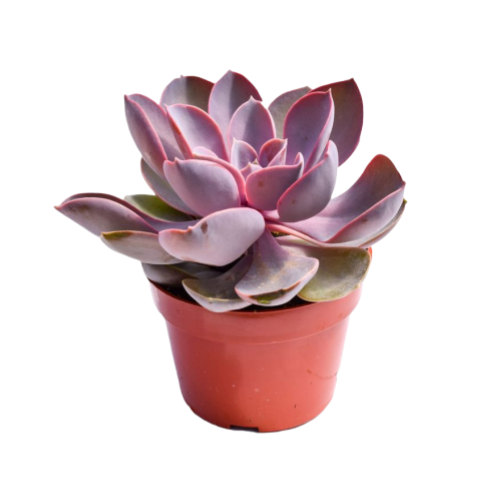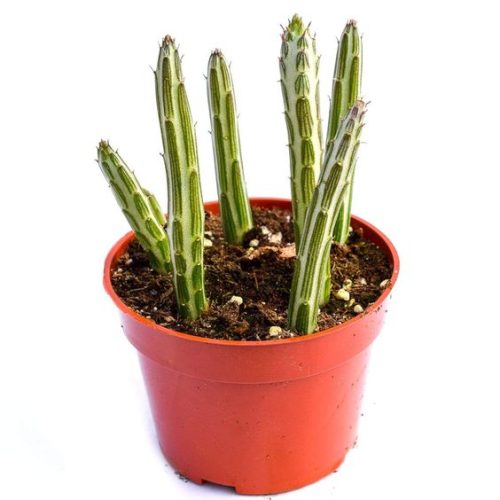Admischus Cooperi
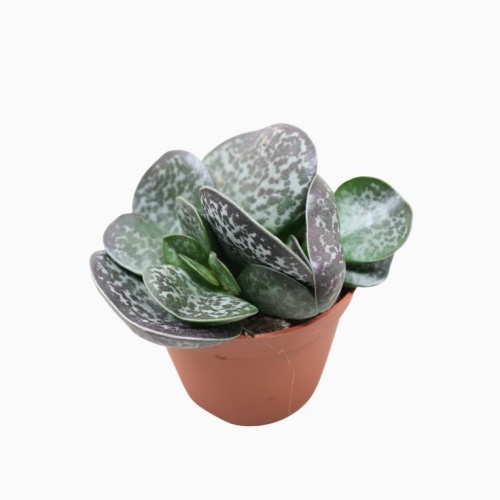
- Botanical Name: Adromischus Cooperi (Baker) A.berger
- Family Name: Asteracerae
- Kakau: 1-1.5 Inch
- Te pāmahana: 5°C~27°C
- Others: Sunlight, drainage, dryness.
Tirohanga whānui
Whakaahuatanga Hua
Fatties with Spots: The Adromischus cooperi’ Quirky Care Guide
Adromischus Cooperi: Ko te "iti" momona "me ona" huatau "
Admischus Cooperi he tipu otaota koiora. He rite te wa iti, e tu ana i te 2-7 henimita teitei, me te kakau poto, hina-parauri i etahi wa ka pa mai i nga pakiaka airiki. Ko nga rau ko te cylindrical te ahua, me te waahanga o raro e tino rite ana ki te taha o runga me te waahanga o runga, he maamaa, ka whakatata atu ki te ahua oval. He 2.5-5 henimita te roa me te 1-2 henimita te whanui. Ko te tuara o te rau he kumara, i te wa e papatahi ana te mua, me nga tapawha i te tihi. Ko te mata o te rau he huruhuru me te karaihe, me te tae hina-hina i te papura pouri. Ka tipu nga rau ki nga takirua rereke, he kiko me te reka, me te tae-hina-matomato ranei me nga waahanga papura pouri.
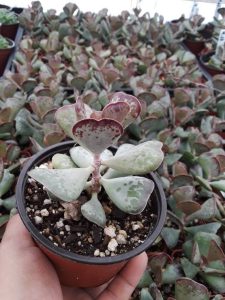
Admischus Cooperi
Ko te pikinga o te 25 he nui te rahi o te rahi. Ko te ngongo puawai he cylindrical, tata ki te 1 henimita te roa, me te waahanga o runga me te matomato o raro me te papura o raro. Ko te Corolla te rima-hereni, papura me te taha ma. Ko nga puawai he iti, he ngongo, he whero, e rima nga ma ma, he kowhatu kowhai ranei i te pito o te kowhatu o te kowhai i te pito. Ko te hua he puawai maroke, maha-whakatipuranga.
Me pehea te horoi i to tipu "PLOVER hua" Plover "?
- Taimāmā: Me whakanoho te Admischus Cooperi ki te rama e kore e marama, penei i te taha o te matapihi e anga ana ki te rawhiti. Ka taea hoki te whakaae ki te ra tika, engari he nui te ra ka maroke i nga rau.
- Oneone: E hiahia ana ki te oneone tino maamaa me te oneone. Ka taea e koe te whakamahi i te ranunga papati-e pa ana ki te tihi, te taapiri i te perlite, te onepu ranei. Me tere te oneone i te wa e pupuri tonu ana i etahi makuku.
- Whakamahana: During the growing period, water moderately and keep the soil slightly moist but not waterlogged. In summer when it’s semi-dormant, pay attention to water control, give a small amount of water and maintain ventilation, but also avoid the roots drying out completely. In winter when it’s dormant, only water sparingly to prevent the plant from shriveling, about once every two weeks or even longer.
- Whakangaoro: Tonoa he otaota whakato wai kei roto i nga waahanga taatai kotahi te marama.
- Te pāmahana me te haumākū: The optimal growth temperature is 15-30 degrees Celsius, and it should not be lower than 5 degrees Celsius in winter. It’s not very sensitive to humidity levels.
- Tapahi: Mena kei te hiahia koe kia tipu ake te tipu, ka taea e koe te tarai i nga kakau o te adromschus cooperi. Ka awhina ano hoki tenei ki te aukati i te tipu kia kore e raru.
- Whakataangi: It’s mainly propagated by leaf cuttings, and stem cuttings are also possible. For leaf cuttings, choose a healthy plant and leaf, and remove the leaf completely from the stem. Place it in a cool, ventilated area to dry naturally. After 3-5 days when the wound dries, put it on slightly moist, loose soil and wait for it to root. Once it roots, manage it as usual. You can also use a disinfected knife or razor to cut a 3-4 inch stem from a healthy mother plant, immediately put it in water. The cut should be just below a node to ensure the cutting has at least two growth points. After preparing the cutting, plant it in well-drained, sunny soil and water regularly until it starts to grow。
- Porotakahi: Many succulents go dormant in winter, so don’t panic if Adromischus cooperi doesn’t grow at that time. It will start growing again when conditions become favorable.
Nga pepeke me nga mate:
Ko te mea tino kino mo te AdMromischus Cooperi he kaimekemeke. Ka kai ratou i tana wai, ka ngoikore te tipu. Ka taea e koe te whakamahi i nga pesticides pēnei i te abamectin, te hinu whakato ranei hei whakahaere i a raatau.





